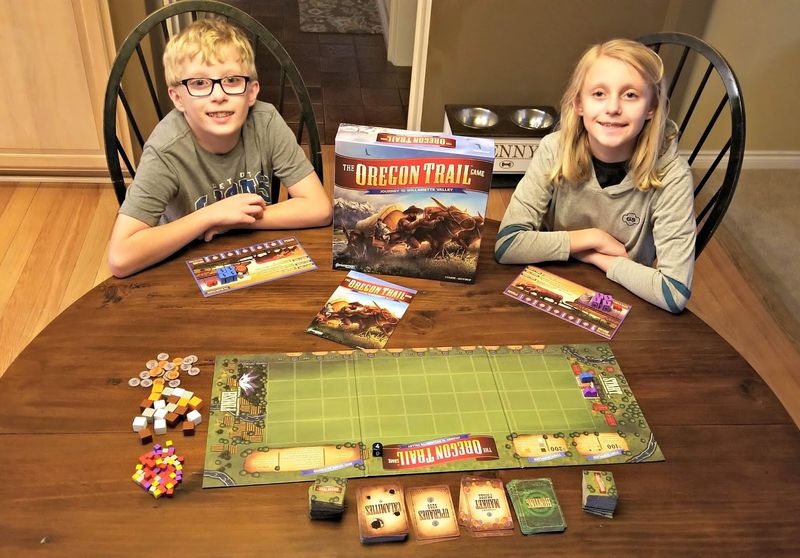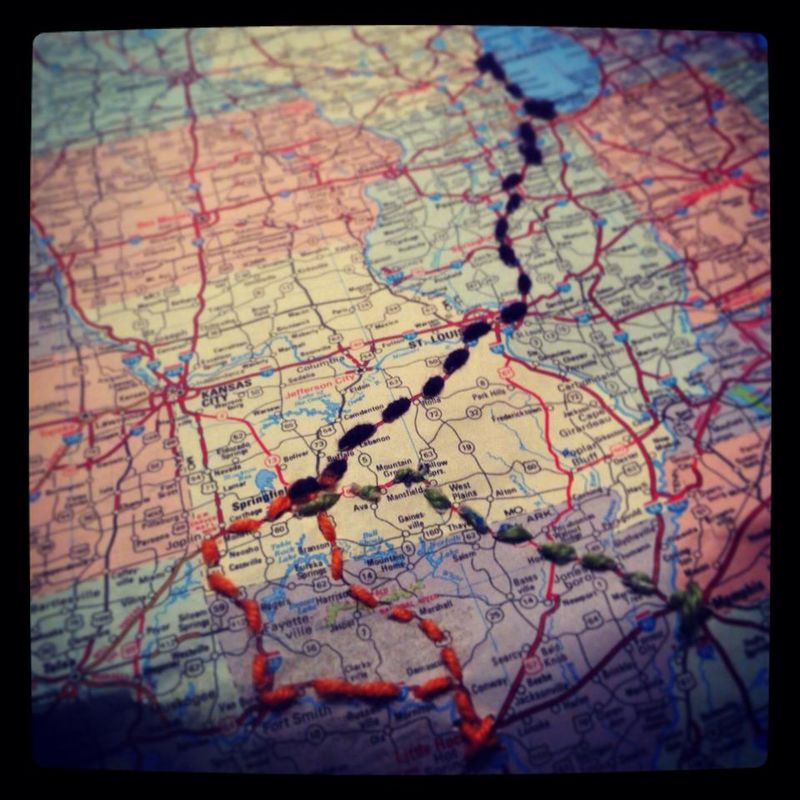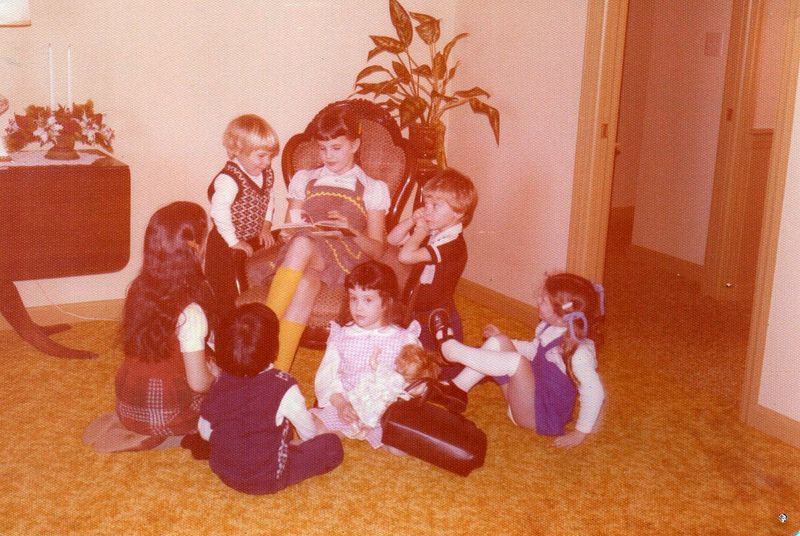Parenting has evolved significantly from the 1980s to today, largely due to the rapid advancements in technology. While the core values of love, care, and nurture remain unchanged, the methods and tools available to parents have transformed family life in numerous ways. This blog post explores ten specific areas where technology has impacted parenting, comparing and contrasting the experiences of raising a family in the 80s versus now. Through these insights, we’ll delve into how technology shapes our interactions, safety measures, educational tools, and even leisure activities within family dynamics.
Communication: Letters to Texts
In the 1980s, communication outside of in-person conversations often relied on handwritten letters or landline phones. Parents would write detailed letters to share news with distant relatives. Today, instant messaging and texting have revolutionized communication. Texts allow parents to stay connected with family members across the globe instantly. This shift from slow and thoughtful correspondence to quick and frequent updates has changed how families interact. While it increases connectivity, it also raises questions about the depth of communication. Parents must find a balance between efficiency and meaningful interactions.
Education: Encyclopedias vs. Internet
In the 1980s, kids often relied on encyclopedias for school projects, spending hours flipping pages for information. Today, the internet serves as an expansive resource. Children can access a vast amount of data with just a few clicks. This shift empowers kids with more information but also challenges parents to guide them toward credible sources. Educational apps and online classes further transform learning experiences. Parents now play a critical role in supervising online activities to ensure safe and productive use of technology. The internet’s vast resources can both enrich and overwhelm modern education.
Entertainment: Board Games to Video Games
Board games were a staple of family entertainment in the 1980s, fostering interaction and strategic thinking. Today, video games have taken center stage, offering immersive experiences and online multiplayer options. While video games enhance hand-eye coordination and problem-solving skills, they also raise concerns about screen time and social isolation. Parents often find themselves negotiating time limits and encouraging diverse activities. Balancing traditional board games with digital entertainment is key to promoting healthy leisure time. The challenge lies in integrating technology into play without losing the essence of family bonding.
Safety: Neighborhood Watch vs. Smart Home Security
Community-driven neighborhood watch programs were prevalent in the 1980s, providing a sense of security through collective vigilance. Today, technology has introduced smart home security systems with cameras and remote monitoring via smartphone apps. These advancements offer peace of mind but require parents to navigate privacy concerns and technological complexities. While smart systems provide real-time alerts and deterrence, they also necessitate understanding and managing digital tools. Parents must weigh the benefits of enhanced security against potential intrusions, ensuring their home remains a safe haven. Balancing technological aids with traditional vigilance is crucial.
Travel: Road Maps to GPS Navigation
Road trips in the 80s often involved unfolding large paper maps and planning routes meticulously. Today, GPS technology simplifies navigation, providing real-time directions and traffic updates. This technological leap saves time and reduces stress on family travels. However, it also diminishes map-reading skills and spontaneous exploration. Parents can encourage children to learn basic navigation skills alongside using GPS. Integrating traditional map skills with modern devices ensures a well-rounded approach. The convenience of GPS navigation significantly enhances travel but maintaining a sense of adventure is equally important for enriching family experiences.
Health: Physical Check-ups vs. Online Health Apps
In the 1980s, health care involved regular physical check-ups and in-person doctor visits. Today, technology enables families to use health apps for monitoring wellness and fitness. Parents manage health records digitally, track physical activities, and even consult doctors online. While this offers convenience and empowers proactive health management, it also demands responsible usage. Parents must verify the credibility of apps and understand their limitations. Balancing traditional healthcare with digital tools aids in maintaining overall well-being. The shift to online health management represents a blend of convenience and the need for informed health choices.
Shopping: Malls to Online Shopping
Shopping trips to malls were a common family activity in the 1980s, providing social interaction and entertainment. Today, online shopping offers unmatched convenience, allowing families to purchase goods from the comfort of home. While this shift saves time, it also reduces face-to-face interactions and the traditional shopping experience. Parents can encourage children to understand the value of money by involving them in budgeting and decision-making during online purchases. Balancing online and in-person shopping experiences helps maintain social skills and financial awareness. The convenience of e-commerce needs to be matched with mindful consumer habits.
Photography: Film Cameras to Smartphones
In the 1980s, capturing family moments meant using film cameras, waiting for development to see results. Today, smartphones make photography instant and shareable. While this enhances the ability to document family life, it also introduces challenges like over-documentation and privacy concerns. Parents can foster mindfulness by teaching children about the importance of living in the moment rather than focusing solely on capturing it. Balancing the ease of smartphone photography with the joy of traditional photo albums can enrich family memories. Navigating these changes requires thoughtful engagement with technology’s capabilities.
Socializing: Face-to-Face vs. Social Media
Social interactions in the 1980s often occurred face-to-face, fostering deep connections and communication skills. Today, social media platforms enable instant connectivity, but they also pose risks like cyberbullying and reduced personal interaction. Parents can guide children to use social media responsibly, emphasizing the importance of real-life connections. Encouraging offline activities alongside digital interactions helps maintain balanced social skills. Understanding the benefits and pitfalls of social networking is crucial for nurturing healthy social development. As technology advances, parents must remain vigilant in promoting meaningful relationships beyond the digital realm.
Learning: Classroom to E-learning
In the 1980s, learning predominantly took place in physical classrooms with direct teacher interaction. Today, e-learning platforms provide flexible educational opportunities at home. This shift offers personalized learning but requires disciplined self-management. Parents play a vital role in setting routines and monitoring progress. Balancing traditional classroom values with the benefits of digital learning fosters comprehensive education. Encouraging a mix of offline and online studies ensures children develop diverse skills. Navigating this educational landscape demands adaptability and support from parents to harness technology’s full potential without sacrificing quality learning.










